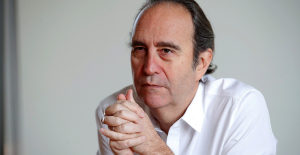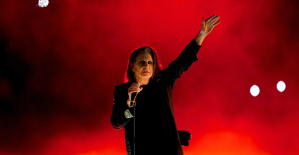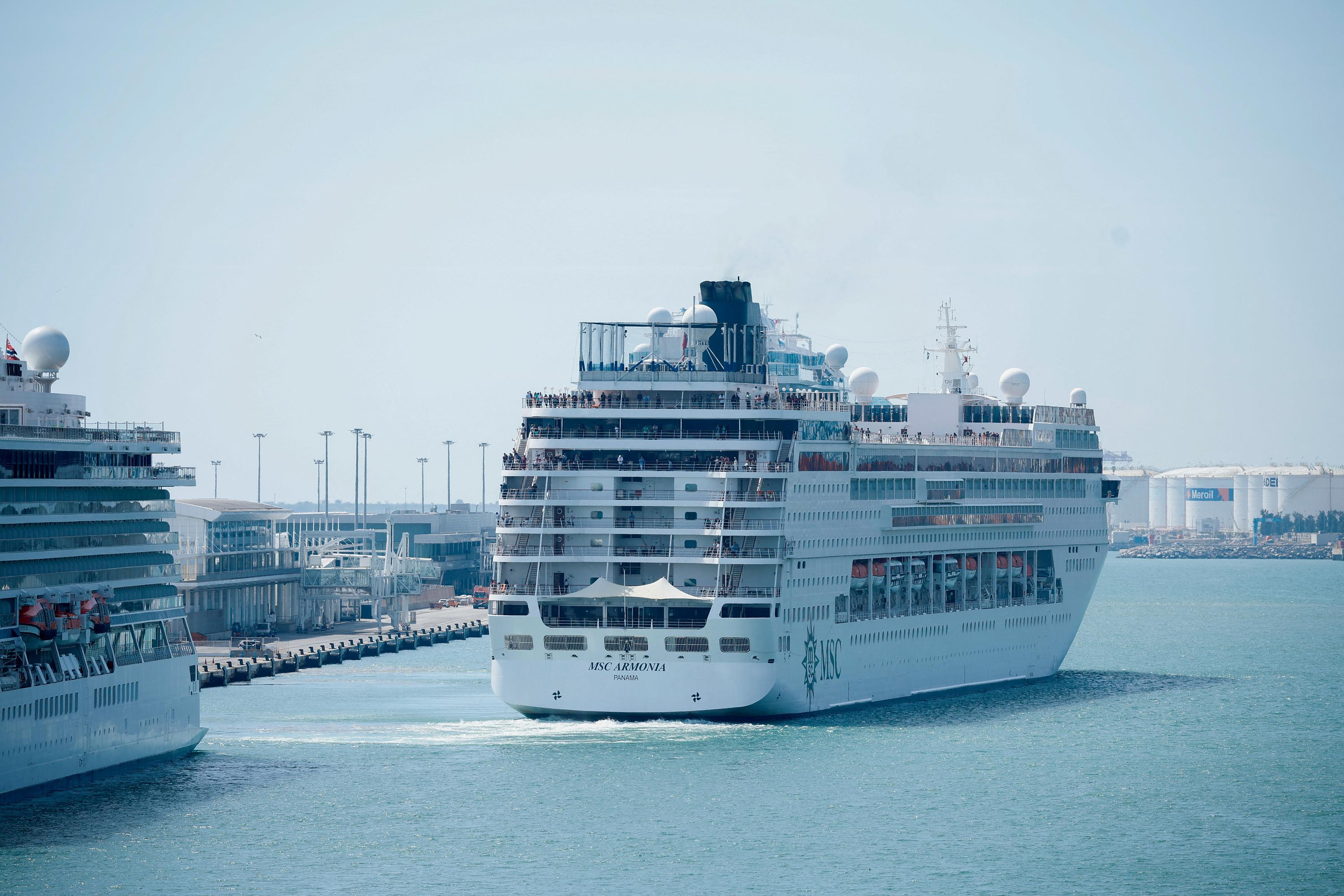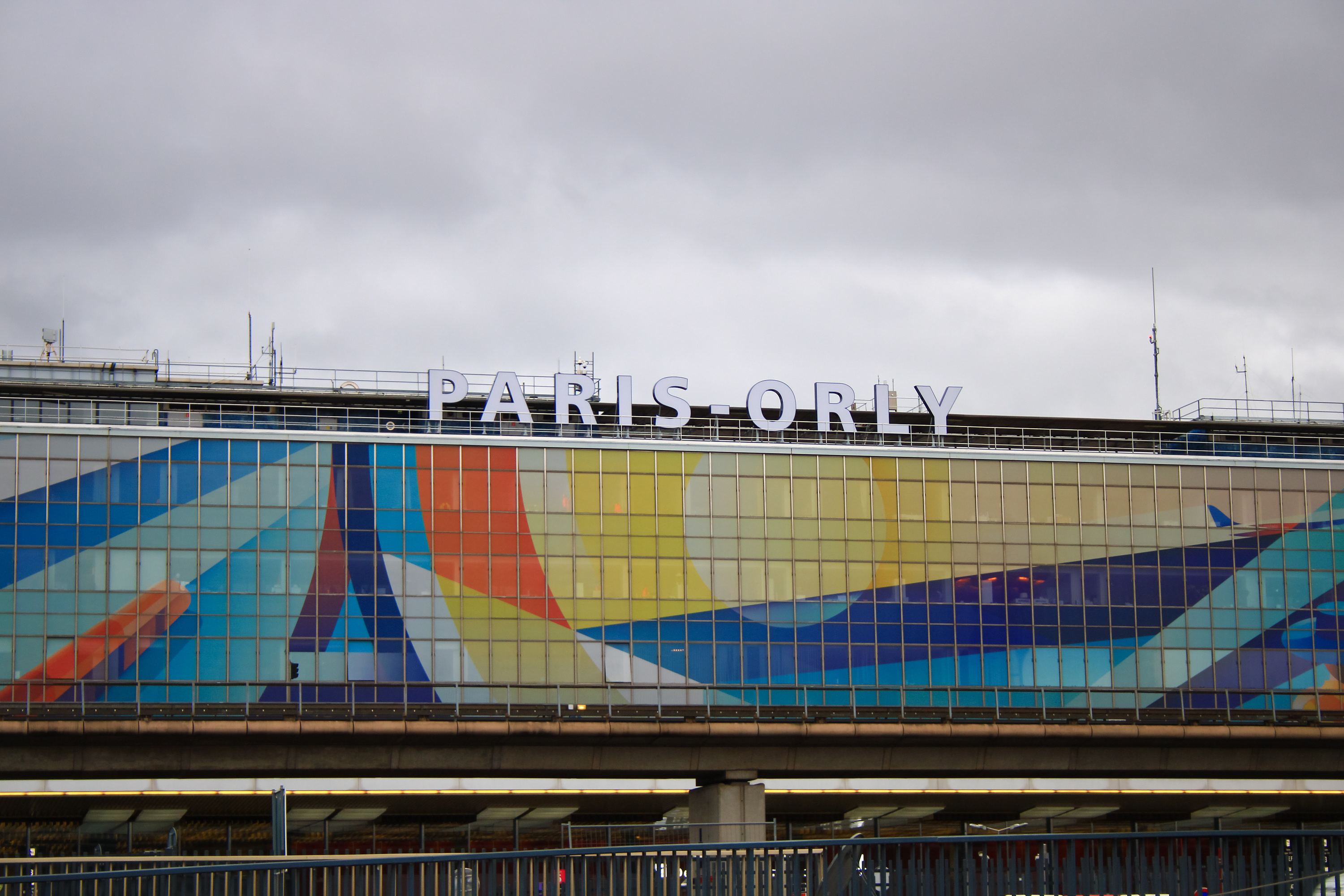With the accession of Charles III. a new Carolingian era has begun. Never before has a monarch taken such an interest in the built environment and expressed his views so clearly.
Charles is known for his interventions in a number of key planning decisions. He is said to have played a key role in blocking a controversial Richard Rogers project at Chelsea Barracks in London. Many believe that it was not his job to intervene there.
As Duke of Cornwall he was also instrumental in building the new traditionalist townships of Poundbury and Nansledan. Both are experiments in “New Urbanism”.
Many critics dismissed them as nostalgic trivia. But in reality, these are serious attempts to meet the challenges of urban growth, housing shortages, and building new sustainable communities. They deserve a more serious response from architects and urban planners, who generally have a poor record of creating compelling new urban structures.
To this day, the profession still frets over Charles' infamous speech he gave in 1984 to mark the 150th anniversary of the Royal Institute of British Architects (RIBA). In it he described post-war architecture, loosely based on Clausewitz, as “the continuation of the war by other means”.
Charles also slammed the then-planned high-tech extension to the National Gallery in Trafalgar Square, London, as "a boil on a dear friend's face." The project was canceled a little later. The speech is seen by many as an unforgivable betrayal - after all, Charles had been invited to celebrate RIBA's birthday.
But if you reread his speech today, you'll notice how mainstream most of it has come to sound. In fact, one wonders if Charles was not the architectural dinosaur he is sometimes portrayed as, but was in many ways ahead of his time when it comes to the built environment.
The speech began by praising Charles Correa and later Edward Cullinan - a couple who are not die-hard traditionalists. The then Prince of Wales went on to list what might today be considered accepted principles of sustainable urban development.
He denounced the destruction of historic cityscapes, advocated the reuse of existing structures, promoted accessibility, called for community engagement, warned of skylines being defaced by "giant stumps of glass", advocated the rediscovery of ornament (which today almost de rigueur even among the most committed modernists) and pleaded for respect for historic street patterns and traditional house typologies.
The 2019 Stirling Prize for the new traditional brick buildings of Goldsmith Street in Norwich shows that RIBA is only 35 years behind on that last point.
To this day, Charles is a "Godseibeiuns" in architectural circles. The mere mention of its name can send temperatures soaring and trigger "pastiche" calls. And this by architects, who often refuse to acknowledge that modernism itself has become another historical style that they want to return to and copy from.
Why does Charles remain such a hate figure for so many architects when the potential for similarities with the profession seems so much greater than the actual differences?
Perhaps the real controversy was that, as Prince of Wales, he was not expected to be critical at all. And this despite the fact that he only expressed concerns shared by many citizens (and also by some architects). Don't we all secretly think that a lot of what this profession builds is often pretty awful? And what does it say about us as architects if we can't deal with criticism and discussions?
At a time when few public figures talk about architecture and virtually no one at the top of politics, I cannot help feeling that it was a missed opportunity, that architecture and other related professions never found a way Using Charles' passion for the built environment to our advantage. He was largely right on almost every important issue affecting our cities and the environment.
But the time when Charles could have been treated as an influential and vocal ally is now over. As king, Charles III. most likely silent on many of these issues. He is aware that as a monarch he will hardly have the opportunity to express such views publicly.
Instead of still resenting what he said almost 40 years ago, perhaps it's time for the architectural profession to look ahead.
Ben Flatman is the Editor of Building Design in London, a weekly architecture magazine that is also published online.

 The Euribor today remains at 3.734%
The Euribor today remains at 3.734% Germany: the trial of an AfD leader, accused of chanting a Nazi slogan, resumes this Tuesday
Germany: the trial of an AfD leader, accused of chanting a Nazi slogan, resumes this Tuesday New York: at Columbia University, the anti-Semitic drift of pro-Palestinian demonstrations
New York: at Columbia University, the anti-Semitic drift of pro-Palestinian demonstrations What is Akila, the mission in which the Charles de Gaulle is participating under NATO command?
What is Akila, the mission in which the Charles de Gaulle is participating under NATO command? What High Blood Pressure Does to Your Body (And Why It Should Be Treated)
What High Blood Pressure Does to Your Body (And Why It Should Be Treated) Vaccination in France has progressed in 2023, rejoices Public Health France
Vaccination in France has progressed in 2023, rejoices Public Health France Food additives suspected of promoting cardiovascular diseases
Food additives suspected of promoting cardiovascular diseases “Even morphine doesn’t work”: Léane, 17, victim of the adverse effects of an antibiotic
“Even morphine doesn’t work”: Léane, 17, victim of the adverse effects of an antibiotic MEPs validate reform of EU budgetary rules
MEPs validate reform of EU budgetary rules “Public Transport Paris 2024”, the application for Olympic Games spectators, is available
“Public Transport Paris 2024”, the application for Olympic Games spectators, is available Spotify goes green in the first quarter and sees its number of paying subscribers increase
Spotify goes green in the first quarter and sees its number of paying subscribers increase Xavier Niel finalizes the sale of his shares in the Le Monde group to an independent fund
Xavier Niel finalizes the sale of his shares in the Le Monde group to an independent fund Owner of Blondie and Shakira catalogs in favor of $1.5 billion offer
Owner of Blondie and Shakira catalogs in favor of $1.5 billion offer Cher et Ozzy Osbourne rejoignent le Rock and Roll Hall of Fame
Cher et Ozzy Osbourne rejoignent le Rock and Roll Hall of Fame Three months before the Olympic Games, festivals and concert halls fear paying the price
Three months before the Olympic Games, festivals and concert halls fear paying the price With Brigitte Macron, Aya Nakamura sows new clues about her participation in the Olympics
With Brigitte Macron, Aya Nakamura sows new clues about her participation in the Olympics Skoda Kodiaq 2024: a 'beast' plug-in hybrid SUV
Skoda Kodiaq 2024: a 'beast' plug-in hybrid SUV Tesla launches a new Model Y with 600 km of autonomy at a "more accessible price"
Tesla launches a new Model Y with 600 km of autonomy at a "more accessible price" The 10 best-selling cars in March 2024 in Spain: sales fall due to Easter
The 10 best-selling cars in March 2024 in Spain: sales fall due to Easter A private jet company buys more than 100 flying cars
A private jet company buys more than 100 flying cars This is how housing prices have changed in Spain in the last decade
This is how housing prices have changed in Spain in the last decade The home mortgage firm drops 10% in January and interest soars to 3.46%
The home mortgage firm drops 10% in January and interest soars to 3.46% The jewel of the Rocío de Nagüeles urbanization: a dream villa in Marbella
The jewel of the Rocío de Nagüeles urbanization: a dream villa in Marbella Rental prices grow by 7.3% in February: where does it go up and where does it go down?
Rental prices grow by 7.3% in February: where does it go up and where does it go down? Europeans: “All those who claim that we don’t need Europe are liars”, criticizes Bayrou
Europeans: “All those who claim that we don’t need Europe are liars”, criticizes Bayrou With the promise of a “real burst of authority”, Gabriel Attal provokes the ire of the opposition
With the promise of a “real burst of authority”, Gabriel Attal provokes the ire of the opposition Europeans: the schedule of debates to follow between now and June 9
Europeans: the schedule of debates to follow between now and June 9 Europeans: “In France, there is a left and there is a right,” assures Bellamy
Europeans: “In France, there is a left and there is a right,” assures Bellamy These French cities that will boycott the World Cup in Qatar
These French cities that will boycott the World Cup in Qatar Serie A: Bologna surprises AS Rome in the race for the C1
Serie A: Bologna surprises AS Rome in the race for the C1 Serie A: Marcus Thuram king of Italy, end of the debate for the position of number 9 with the Blues?
Serie A: Marcus Thuram king of Italy, end of the debate for the position of number 9 with the Blues? Milan AC-Inter Milan: Thuram and Pavard impeccable, Hernandez helpless… The tops and flops of the derby
Milan AC-Inter Milan: Thuram and Pavard impeccable, Hernandez helpless… The tops and flops of the derby Ligue 2: Auxerre leader, Bordeaux in crisis, play-offs... 5 questions about an exciting end of the season
Ligue 2: Auxerre leader, Bordeaux in crisis, play-offs... 5 questions about an exciting end of the season


















